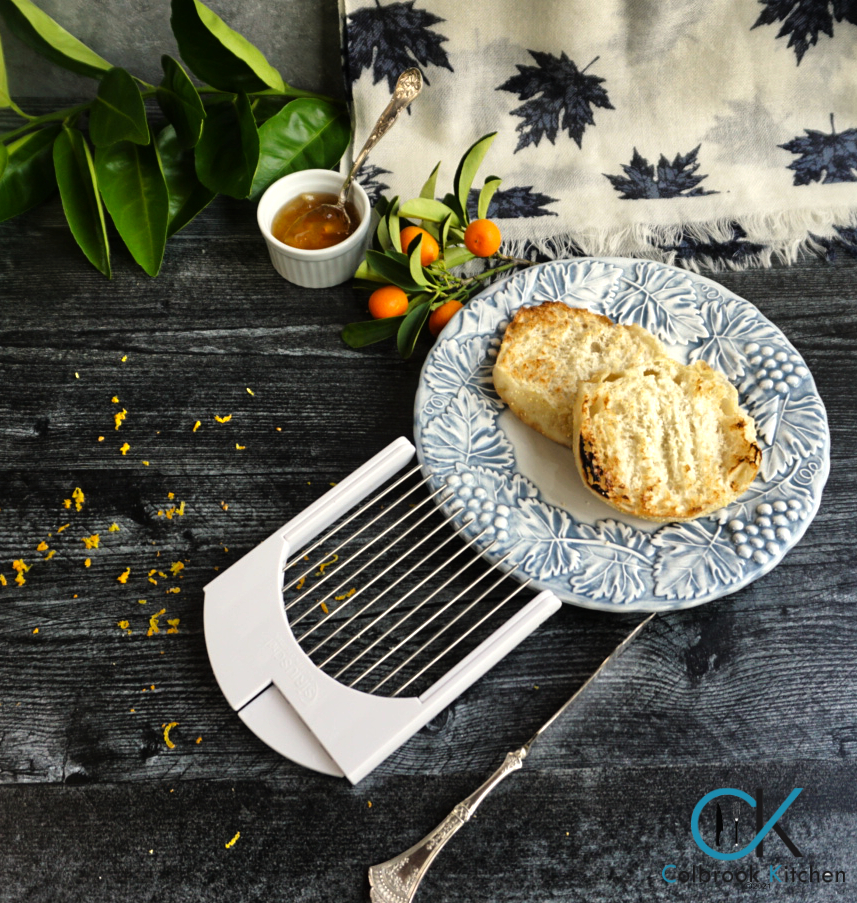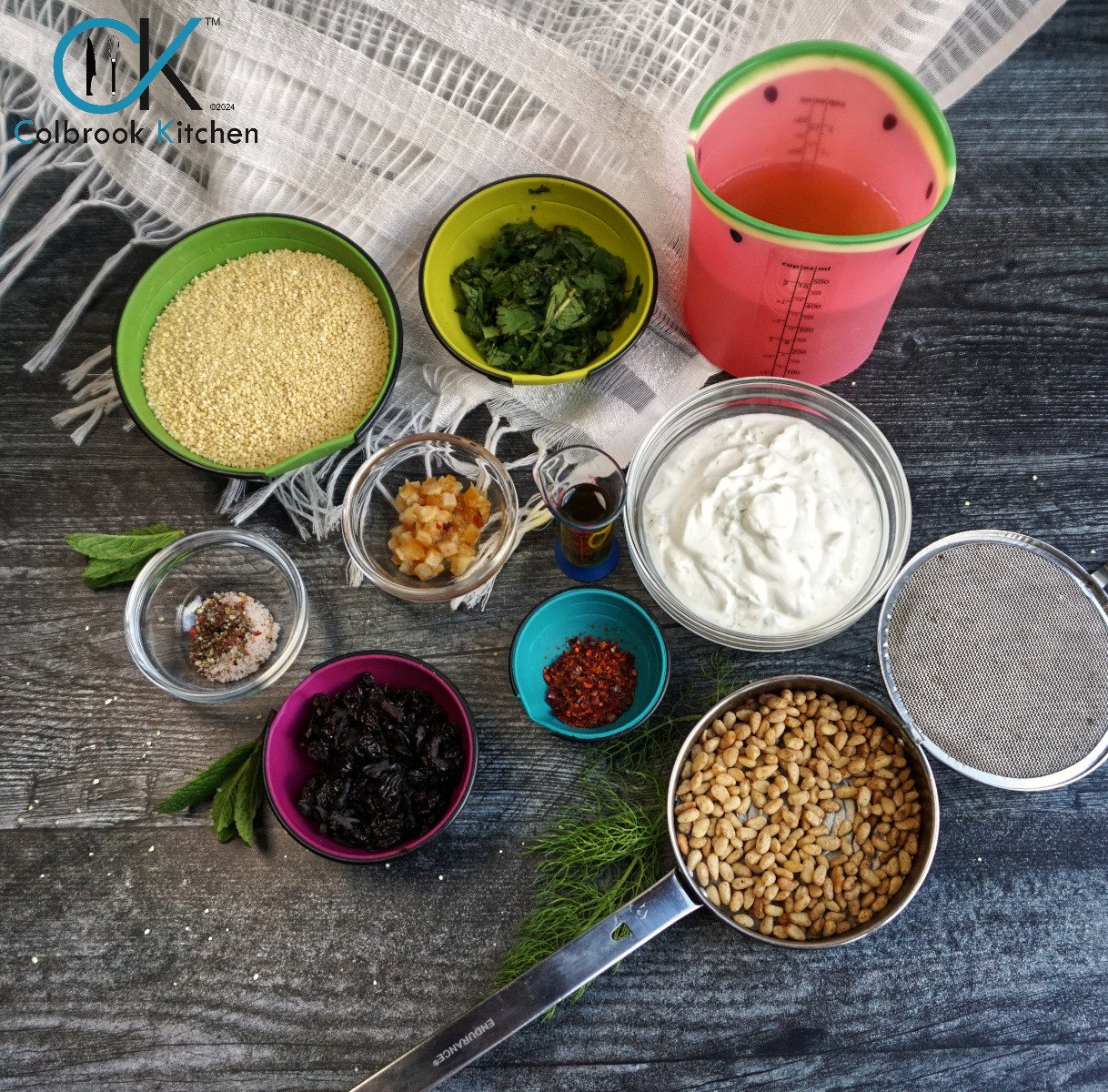Cool Tip: Defrost on Aluminum, or ..
- Jun 23, 2015
Aluminum is a great conductor, and conducts the cold of a frozen object away, making that object thaw more quickly--simple physics! We did an experiment with an ice cube on both a ceramic plate and a quarter sheet aluminum pan. After 4 minutes, you can see the difference above: the ice cube on the aluminum pan is half melted, while the ice cube on the plate is still completely frozen. This is the same principle behind those "As Seen on TV" magic defrosters, so save your money and use what's already in your kitchen.
But a word of caution: Freezing food doesn’t kill bacteria—it just puts them to sleep. They wake up when you take the food out of the freezer, and they can reproduce rapidly at any temperature within the so-called danger zone: 40°F - 140°F. Defrosting is a contest between you and the bacteria: your goal is to cook or eat the food before the bacteria grow too numerous. You don't want perishable food to stay in the danger zone for more than 1 to 2 hours.
A safer alternative is to put your frozen meat or poultry in a water-tight bag and submerge it in cold water, which is also very conductive and will thaw your meat or poultry faster than metal.
But a word of caution: Freezing food doesn’t kill bacteria—it just puts them to sleep. They wake up when you take the food out of the freezer, and they can reproduce rapidly at any temperature within the so-called danger zone: 40°F - 140°F. Defrosting is a contest between you and the bacteria: your goal is to cook or eat the food before the bacteria grow too numerous. You don't want perishable food to stay in the danger zone for more than 1 to 2 hours.
A safer alternative is to put your frozen meat or poultry in a water-tight bag and submerge it in cold water, which is also very conductive and will thaw your meat or poultry faster than metal.





